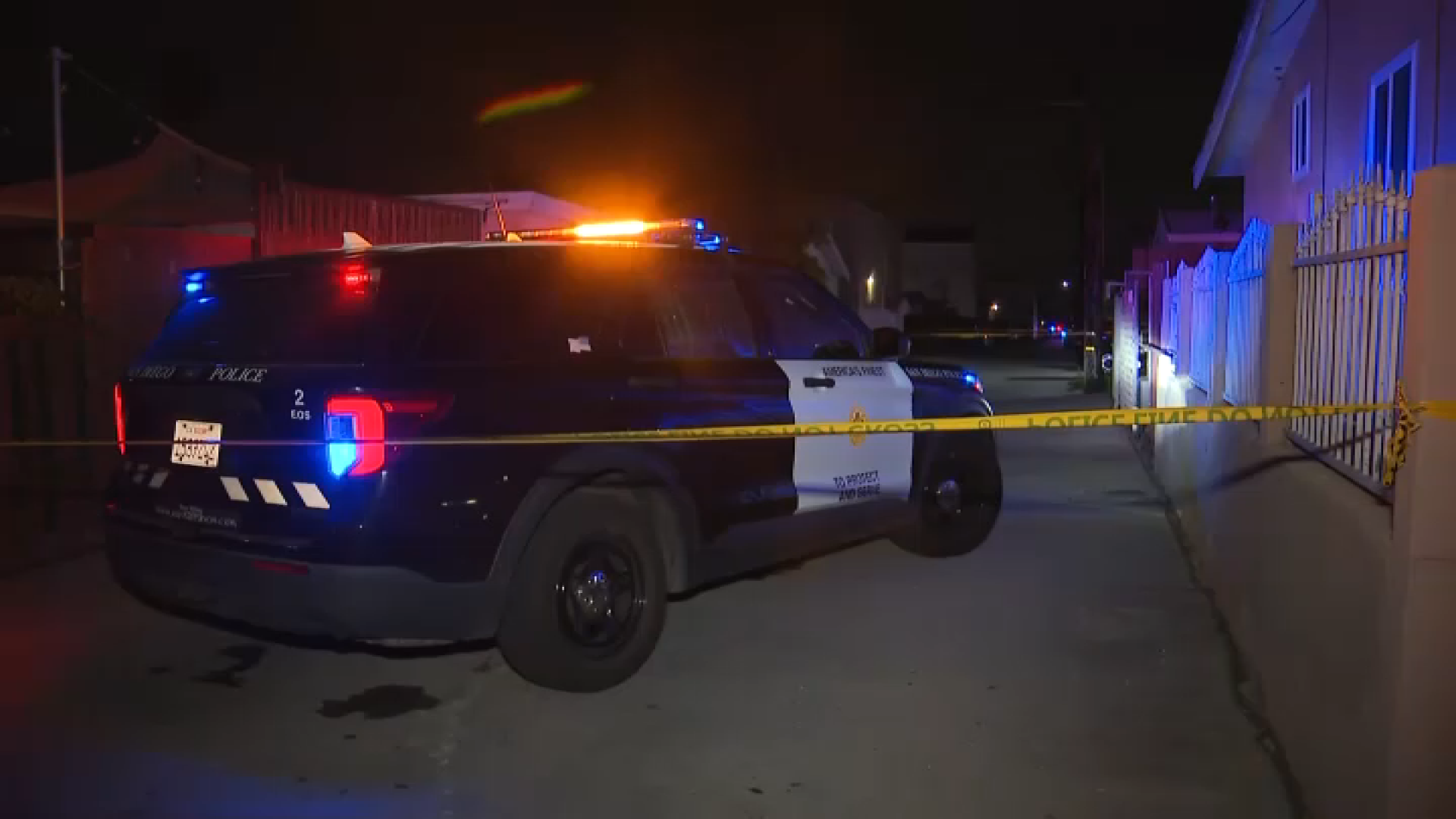Could the same technology used to discover mysteries in the art world help save lives?
San Diego State University researchers want to use its data technology - used years ago to discover hidden images in a painting by Leonardo da Vinci - to help disaster response teams see what lies underneath rubble left behind by a deadly earthquake in Italy.
More than 250 people died when the quake struck April 6. Entire blocks were reduced to piles of rubble. It was the worst quake to hit Italy in three decades.
Now, there’s an opportunity to use the same technology used by famed-art researcher Maurizio Seracini to uncover hidden works by Leonardo da Vinci to survey the damage.
“Just as Maurizio showed that you can see beneath the paint and make dramatic discoveries, looking into (under the stucco) of buildings and on roofs and roads and bridges (all old) is something that can be done with our UAV and different cameras and filters and imaging instruments,” wrote Eric Frost, co-director of the Visualization Center at San Diego State University.
Seracini, an adjunct professor, visited the San Diego campus Wednesday to discuss the project.
Using different layers of light, Seracini discovered something hidden underneath da Vinci’s painting, Adoration of the Magi.
Local
When da Vinci was commissioned by an art patron to create an image of Mary and the baby Jesus, he decided to use images of a battle between good and evil. Horses, workmen rebuilding the temple and even an elephant in the background were sketched out in charcoal.
“The person who pays the bills, didn’t want that and fired him,” said Frost.
Using data technology Frost developed in SDSU’s Visualization Lab, one can watch as the original painting hidden under the final version comes to life.
Now, Seracini and Frost are putting together a project to fly over the damage in Italy and combine photographs to document the changes to the landscape.
“Overlaying them on top of each other (visible, InfraRed, Ultraviolet, Synthetic Aperture Radar) can show cracks, invisible damage, generations of additions, and a host of potential artifacts and generations of structures,” said Frost.
Frost believes trying this technology in Italy will help California and other countries as well.
“Doing this in a place like Italy with structures hundreds of years old with many different remodeling and additions can help set the protocols for how this would be done in other places like California, but also Mexico, Indonesia, China, and Europe,” he said. “By developing the protocols and technologies and putting into the Open Source for others to use, just as we have the paintings, we hope that lives can be saved as well as buildings, art, and history.”



